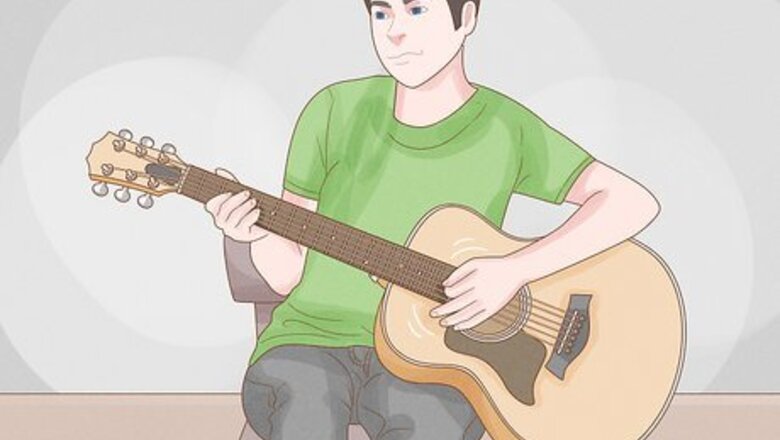
views
Avoiding Soreness
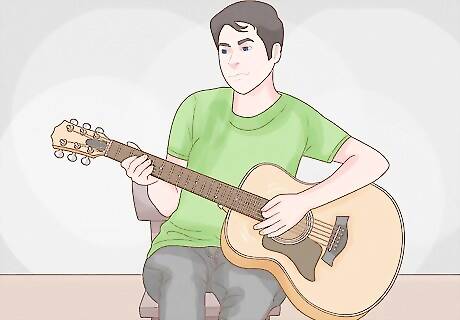
Press lightly on the strings when you practice. As you’re playing, press the string into the fret and strum the guitar. Then, release your grip slightly, but still hold the strings in place. Strum the guitar again to see if it sounds right, and keep your grip as loose as possible to avoid unnecessary pressure on your fingers. If the guitar doesn’t make any noise when you strum, tighten your grip slightly until you hear sound. EXPERT TIP Ron Bautista Ron Bautista Professional Guitarist & Guitar Instructor Ron Bautista is a professional guitarist and guitar teacher at More Music in Santa Cruz, California and the Los Gatos School of Music in Los Gatos, California. He has played guitar for over 30 years and has taught music for over 15 years. He teaches Jazz, Rock, Fusion, Blues, Fingerpicking, and Bluegrass. Ron Bautista Ron Bautista Professional Guitarist & Guitar Instructor Pay attention to whether you the soreness is in your fingers or your hands. When you're first learning to play the guitar, your fingers might be sore, but you just have to work through it. After a few weeks, you'll start to develop calluses, and that soreness will go away. However, if the soreness is in your hands, you may need to adjust how you're holding the guitar, especially the form in your left hand.

Play slowly at first to notice signs of pain. When you practice, take your time and pay attention to how your fingers feel. If they’re feeling sore or you’re noticing some pain when you play, continue to play the songs slowly and avoid playing any fast chord progressions or scales. If your fingers feel okay, you can move on to more challenging pieces. Avoid attempting any complex or fast songs when you’re still forming calluses on your fingers. If you feel sharp pain when you play, stop immediately to examine your fingers for any cuts from the strings.
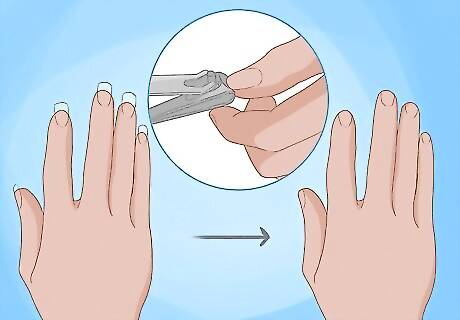
Keep your fingernails trimmed to avoid scratching. Trim your nails regularly when you’re learning how to play guitar, since it’s easy for your nails to catch on the strings and chip or crack. Maintaining short nails will also help you form calluses more quickly, since you will be relying on your fingertips rather than nails to press on the strings. When you’re trimming your nails, be careful not to cut them too short as this can cause ingrown nails and infections.
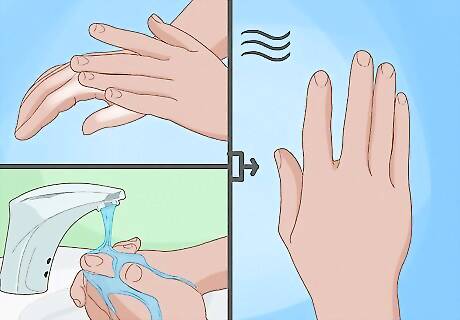
Make sure your hands are completely dry after washing them or applying lotion. Wait at least 15-20 minutes after washing your hands, applying hand lotion, or taking a shower to practice your guitar. If you play with wet hands, you can destroy any calluses you’ve formed, which can cause more pain due to peeling when the skin breaks open. If your calluses do begin to peel, try to avoid picking at them or tearing the skin, as this can reveal very soft skin and make playing uncomfortable.
Caring for Sore Fingers
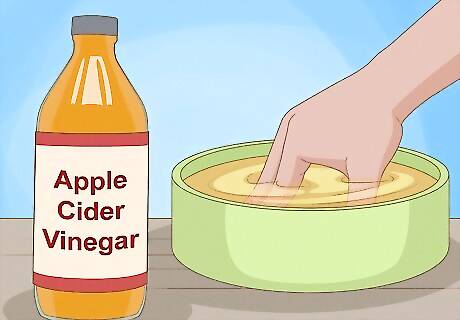
Apply a natural numbing agent to your fingers to dull the pain. Soak your fingers in a glass of apple cider vinegar for 30 seconds to numb them slightly before and after you play. Be sure to dry your fingers completely before you play since your skin becomes softer when it’s wet, which can allow the strings to easily cut your skin. If you don’t have apple cider vinegar, you can blot your fingertips with witch hazel or a toothache cream. For consistent aches and pain, take ibuprofen or acetaminophen before you play.Warning: If you use a numbing agent, be sure to pay close attention to your fingers when you play. You may not be able to feel if you cut or scrape them, which can be even more painful once the numbness fades.
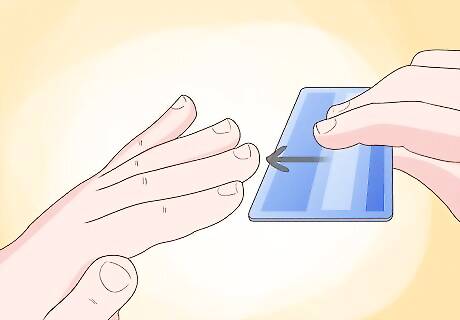
Press on your fingertips when you’re not playing to help form calluses faster. When you’re trying to form calluses, apply pressure to your fingers regularly to thicken the skin. Use your nails or the edge of a credit card to push into each of your fingertips. This emulates the feeling of pressing on a guitar string, even when you’re not practicing. Remember not to press too hard on your fingers, as this can cause minor cuts or bruising.
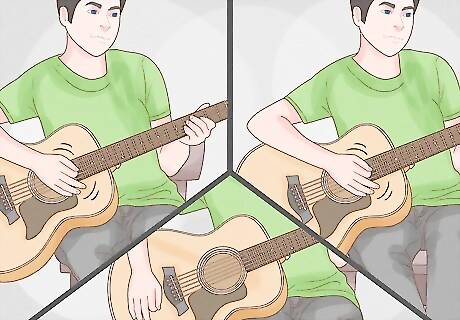
Break your practice sessions into short periods of time if your fingers hurt. Expect to experience some mild discomfort during the first month of learning the guitar. If you’re experiencing a lot of pain within the first 2 weeks, break up your practice into short, 5-minute sessions throughout the day. Even if your fingers hurt a little, you should practice for as long as you can to help form the calluses.
Adjusting the Guitar

Take your guitar to a music store to have the “action” adjusted to make playing easier. The “action” of the guitar is the space between the fretboard and the strings. If the action is high, you have to press down harder on the string to play chords, which can cause pain. Ask the store associate if you can have it lowered to put less strain on your fingers. In general, the action should be set at ⁄16 inch (0.16 cm) on the 1st fret and ⁄16 inch (0.48 cm) on the 12th fret. If you’re not familiar with guitars, avoid adjusting the action on your own. This can seriously damage the guitar.
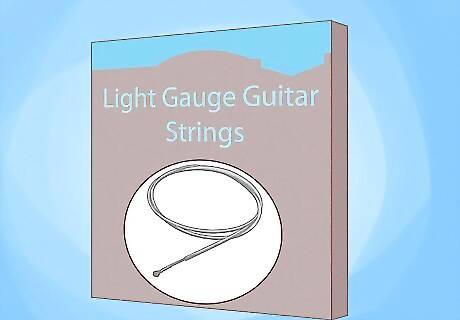
Switch to light gauge guitar strings if you’re experiencing consistent pain. When you’re first learning how to play, start out with medium or heavy gauge strings to help build calluses. However, if you have a lot of soreness in your fingers, try using light gauge strings, which are thinner and easier to press, to alleviate the discomfort, and then gradually work back up to medium and heavy gauge.Tip: Once you’ve formed calluses on your fingers, you can switch to lighter gauge strings to play faster, more complex songs without pressing too heavily on the strings.
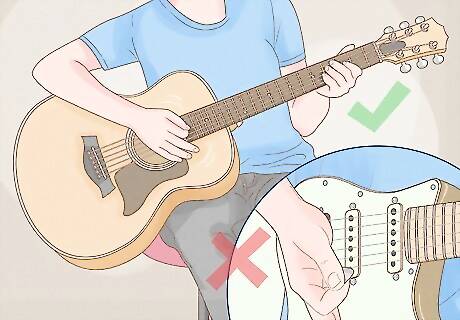
Practice on an acoustic guitar rather than an electric guitar to build up tolerance. Acoustic guitars are more difficult to learn, but once you learn the acoustic guitar, it’s easy to switch to an elective guitar. Use the acoustic guitar to help form your calluses, and then switch to an electric guitar to play faster songs more easily. In electric guitars, the action is automatically lower, so it’s easier to press on the strings. If you learn on an acoustic guitar, playing an electric guitar will seem like a breeze!











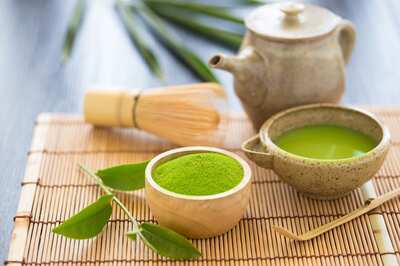



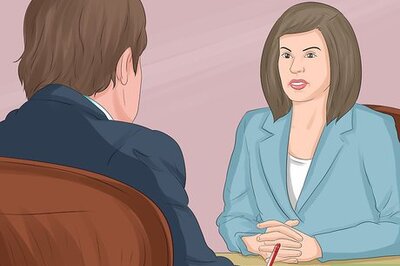



Comments
0 comment